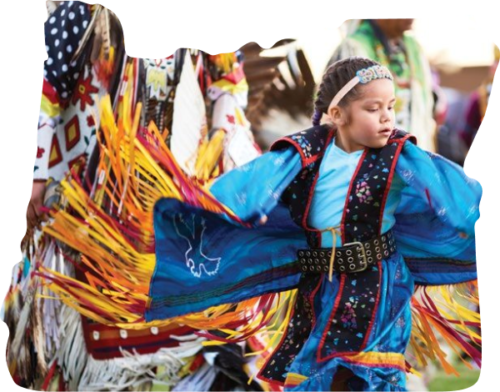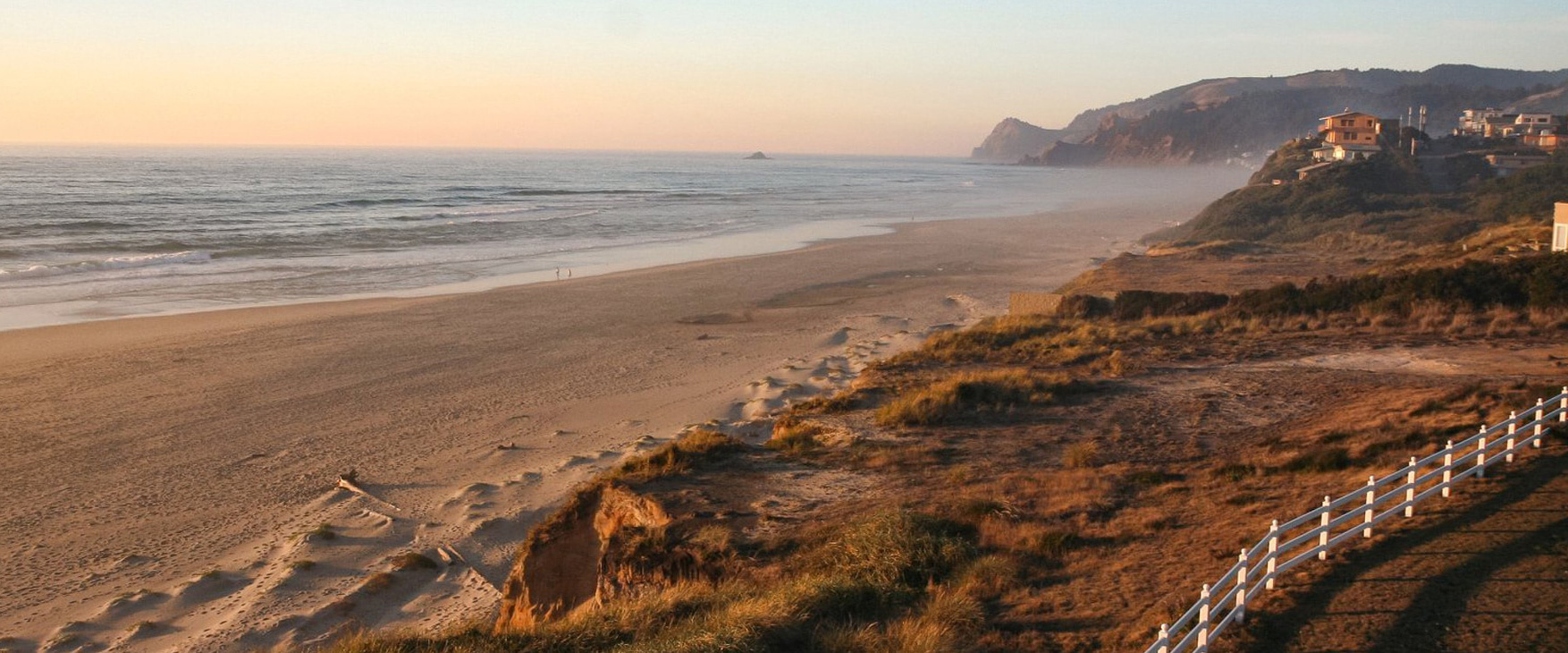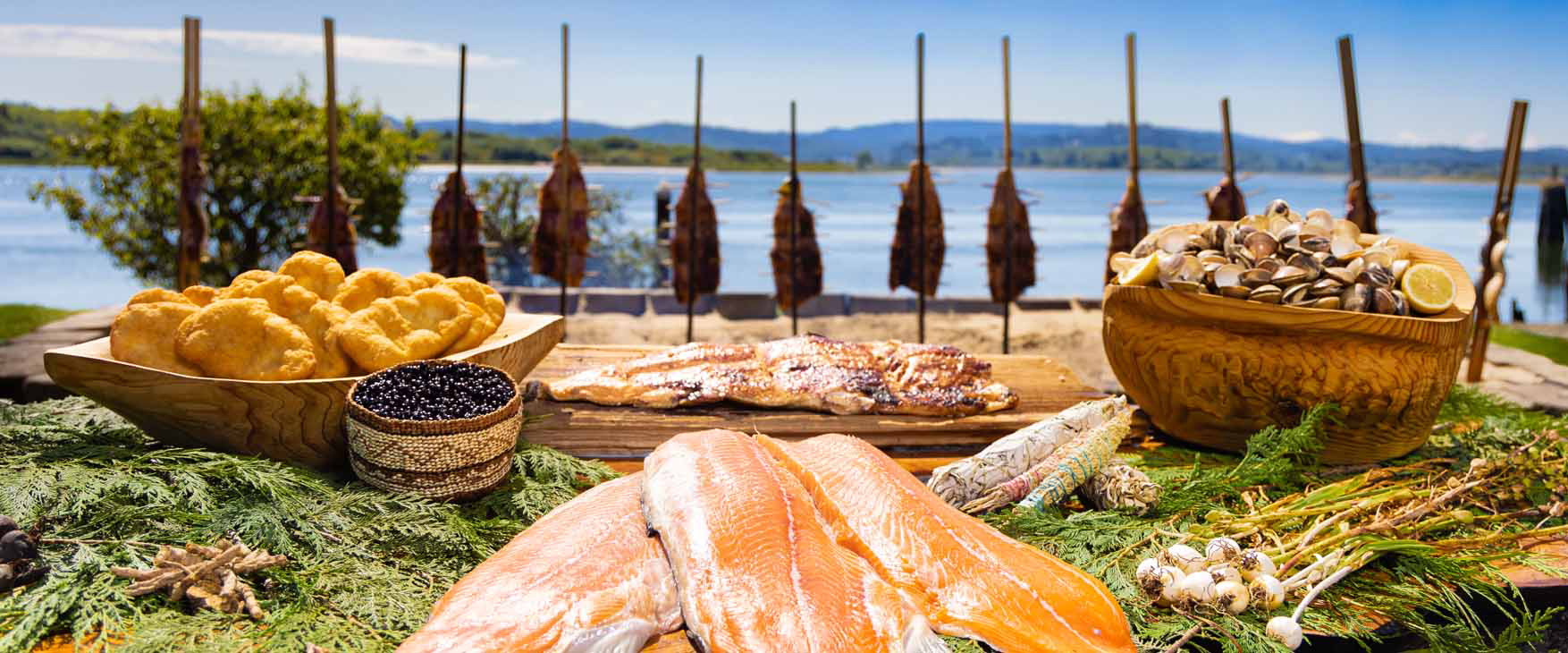 First published on TravelOregon.com
First published on TravelOregon.com
More than 50 tribes fished wild rivers and great waterfalls, like the now submerged Celilo Falls on the mighty Columbia River. They scored petroglyphs in rock canyons like Picture Rock Pass and left behind the world’s oldest pair of footwear at Fort Rock. Proud descendants of those first people make up nine federally recognized tribes of Oregon: the Burns Paiute Tribe; the Confederated Tribes of Coos, Lower Umpqua and Siuslaw Indians; the Coquille Indian Tribe; the Cow Creek Band of Umpqua Tribe of Indians; the Confederated Tribes of Grand Ronde; the Klamath Tribes; the Confederated Tribes of Siletz; the Confederated Tribes of the Umatilla Indian Reservation; and the Confederated Tribes of Warm Springs.
Visit with respect
Tribes have created events and developed attractions to share their culture, but also seek to balance the needs of their communities with visits from non-tribal members. For that reason, we ask that you exercise respect and follow some basic guidelines.
- Tribal events that are open to the public will be clearly marked as such; please assume all other gatherings are private.
- Refrain from picking up or removing artifacts or disturbing burial or sacred sites.
- If you are invited to attend a ceremony, adhere to your host’s guidance.
- Don’t bring weapons, drugs or alcohol to tribal lands. Ask permission before taking photos of persons or events.
Order the Travel Guide to Oregon Indian Country
Learn about the many attractions on and near tribal lands. Get inspired by the many opportunities for recreation, enhanced by the people who have tended these places for generations. Tribes are eager to welcome you to their homeland.

Confederated Tribes of Siletz Indians
With their ancestral lands spanning more than 20 million acres from the Pacific Coast to the Cascade Range, the Confederated Tribes of Siletz Indians is one of the most diverse confederations on a single reservation in the United States.

Coquille Indian Tribe
Ancestors of the Coquille Indian Tribe flourished in Southwestern Oregon for thousands of years, roaming a homeland that stretched across more than 1 million acres.
Explore
Coos Bay, OR
North Bend, OR